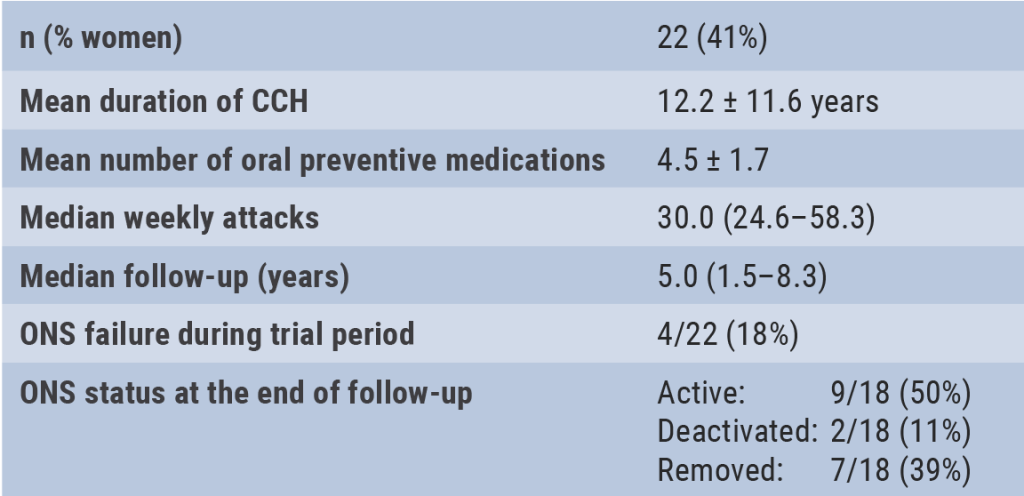Prasinezumab is the first monoclonal antibody that binds aggregated alpha-synuclein at the C-terminus with high selectivity, and is more effective in preclinical models than N-terminal antibodies.
PASADENA (NCT03100149) is a randomised, double blind, placebo-controlled, phase 2 study with 3 stages. In stage 1, 316 patients with early PD were randomised for 52 weeks to placebo, prasinezumab 1,500 mg, or prasinezumab 4,500 mg [1]. In stage 2, the original placebo group is re-randomised to prasinezumab 1,500 mg or 4,500 mg. In stage 3, all eligible patients will receive open-label prasinezumab 1,500 mg for up to 60 months. The primary endpoint is change in Movement Disorder Society-Unified Parkinson’s disease Rating Scale (MDS-UPDRS) total score (sum of parts I, II, and III) after 52 weeks.
A real-world study previously showed that over a 1-year period, only progression in MDS-UPDRS part III (motor examination) is clinically meaningful [2]. In PASADENA as well, MDS-UPDRS progression in parts I (non-motor experience of daily living) and II (motor experience of daily living) remained below the threshold for clinical meaningfulness. Taken together, the primary endpoint was not met. MDS-UPDRS total scores were:
- -1.30 (80% CI -3.18 to 0.58) for pooled doses versus placebo;
- -2.02 (80% CI -4.21 to 0.18) for prasinezumab 1,500 mg;
- -0.62 (80% CI -2.82 to 1.58) for prasinezumab 4,500 mg.
MDS-UPDRS part III did give a signal of efficacy:
- -1.44 (80% CI -2.83 to -0.06) for pooled treatment versus placebo;
- -1.88 (80% CI -3.49 to -0.27) for prasinezumab 1,500 mg;
- -1.02 (80% CI -2.64 to 0.61) for prasinezumab 4,500 mg.
MDS-UPDRS part III site rating, MDS-UPDRS part III bradykinesia subscore, digital motor endpoints, and time to worsening of motor symptoms supported this efficacy signal. Prasinezumab delayed time to clinically meaningful worsening of motor signs (≥5 points increase in MDS-UPDRS part III) versus placebo (pooled HR 0.84).
Subgroup analyses revealed that slowing of clinical decline was more evident in groups with faster disease progression, namely patients treated with a MAO-B inhibitor and patients with a diffuse malignant sub-phenotype (n=59) versus mild motor predominant (n=106) and intermediate (n=151) sub-phenotypes. There were no life-threatening adverse events or immunogenicity concerns.
- Pagano G, et al. Phase II PASADENA Part one Week 52 results: Evaluating safety and efficacy of prasinezumab in early Parkinson’s. OPR-104, EAN 2021 Virtual Congress, 19–22 June.
- Simuni T, et al. Mov Disord. 2018;33(5):771-82.
Copyright ©2021 Medicom Medical Publishers
Posted on
Previous Article
« Levodopa-carbidopa intestinal gel in patients with advanced PD Next Article
More-aggressive therapy not warranted for early-onset colorectal cancer »
« Levodopa-carbidopa intestinal gel in patients with advanced PD Next Article
More-aggressive therapy not warranted for early-onset colorectal cancer »
Table of Contents: EAN 2021
Featured articles
Letter from the Editor
COVID-19
First evidence of brainstem involvement in COVID-19
Cognitive/behavioural alterations persistent after COVID-19
Neural base of persistent hyposmia after COVID-19
Neurological symptoms and complications of COVID-19 affect outcomes
Cerebrovascular Disease
Intracerebral haemorrhage only slightly increases mortality in COVID-19 patients
Stroke with covert brain infarction indicates high vascular risk
Expanding precision medicine to stroke care
Dexamethasone not indicated for chronic subdural haematoma
Cognitive Impairment and Dementia
Severe outcomes of COVID-19 in patients with dementia
Promising diagnostic accuracy of plasma GFAP
Sex modulates effect of cognitive reserve on subjective cognitive decline
Hypersensitivity to uncertainty in subjective cognitive decline
Epilepsy
Minimally invasive device to detect focal seizure activity
‘Mozart effect’ in epilepsy: why Mozart tops Haydn
Migraine and Headache
Factors associated with decreased migraine attack risk
Pregnant migraine patients at higher risk of complications
Occipital nerve stimulation in drug-resistant cluster headache
Rhythmicity in primary headache disorders
Multiple Sclerosis and NMOSD
Typing behaviour to remotely monitor clinical MS status
Alemtuzumab in treatment-naïve patients with aggressive MS
No higher early MS relapse frequency after stopping ponesimod
Good long-term safety and efficacy of inebilizumab in NMOSD
Neuromuscular Disorders
Inability to recognise disgust as first cognitive symptom of ALS
Pathogenic T-cell signature identified in myasthenia gravis
Parkinson’s Disease
Levodopa-carbidopa intestinal gel in patients with advanced PD
New Frontier – Navigated Transcranial Ultrasound
Exploring the possibilities
Related Articles

August 18, 2021
Occipital nerve stimulation in drug-resistant cluster headache
August 18, 2021
Positive results from ublituximab versus teriflunomide
August 18, 2021
Pathogenic T-cell signature identified in myasthenia gravis
© 2024 Medicom Medical Publishers. All rights reserved. Terms and Conditions | Privacy Policy
HEAD OFFICE
Laarderhoogtweg 25
1101 EB Amsterdam
The Netherlands
T: +31 85 4012 560
E: publishers@medicom-publishers.com

